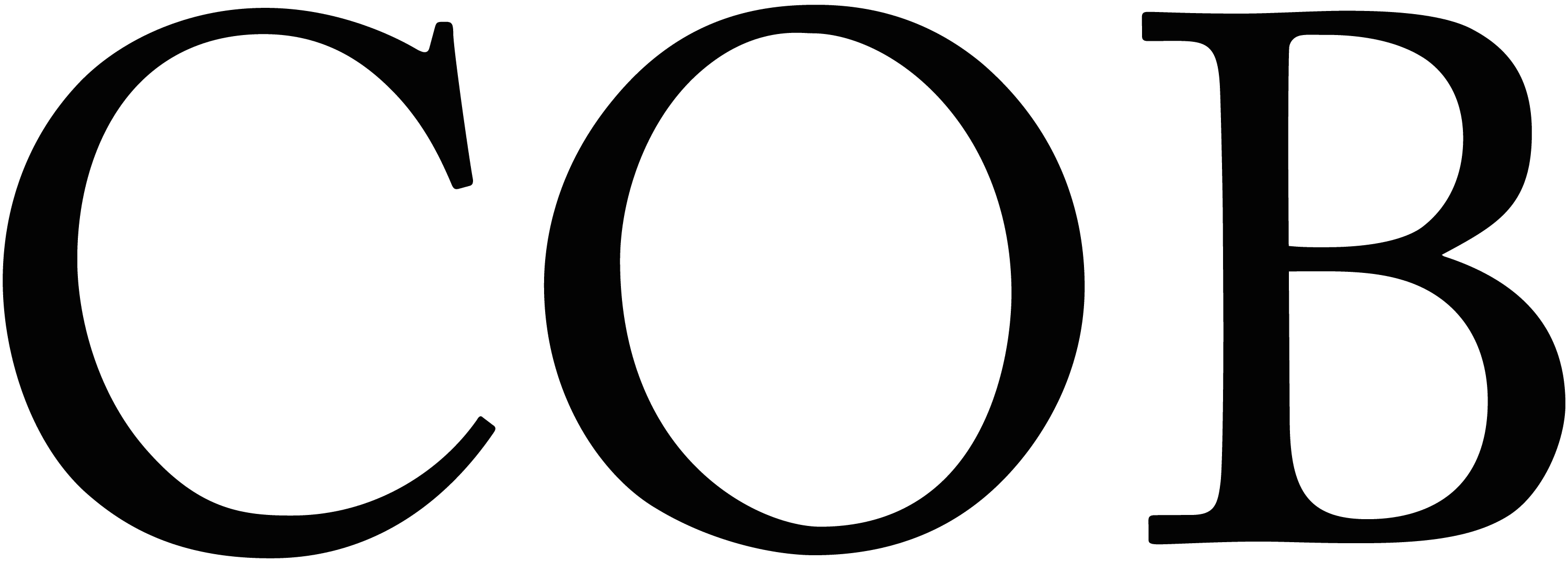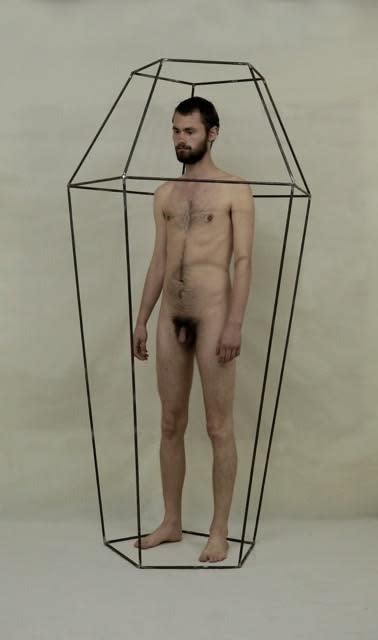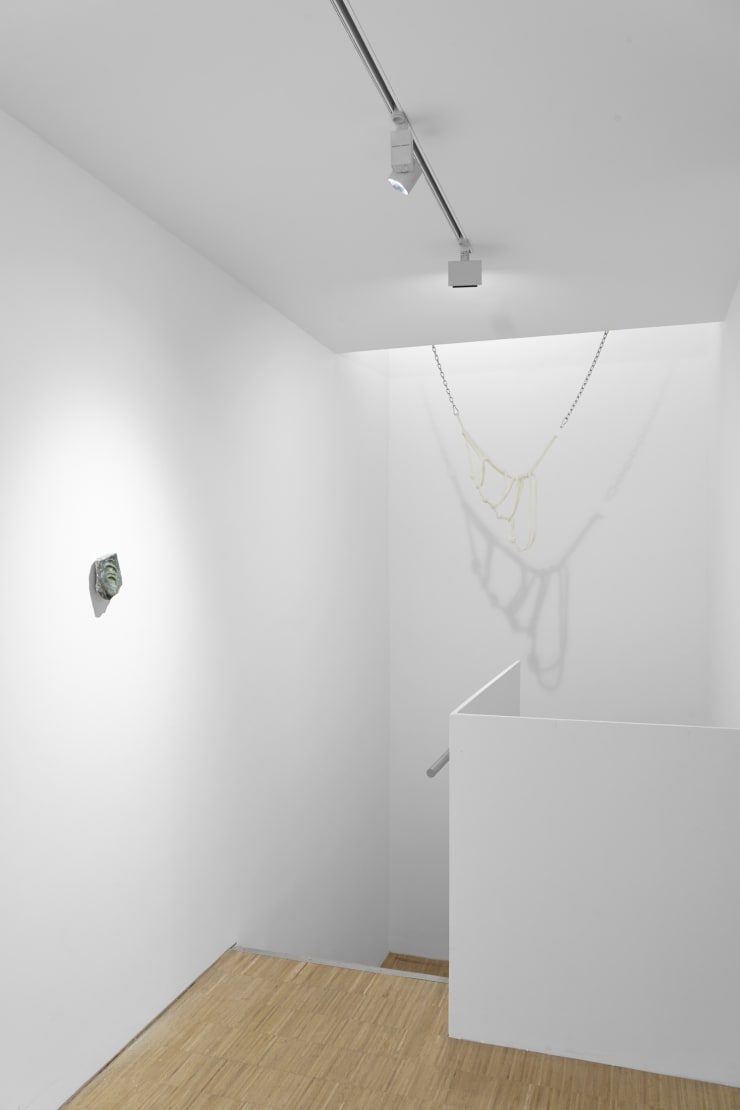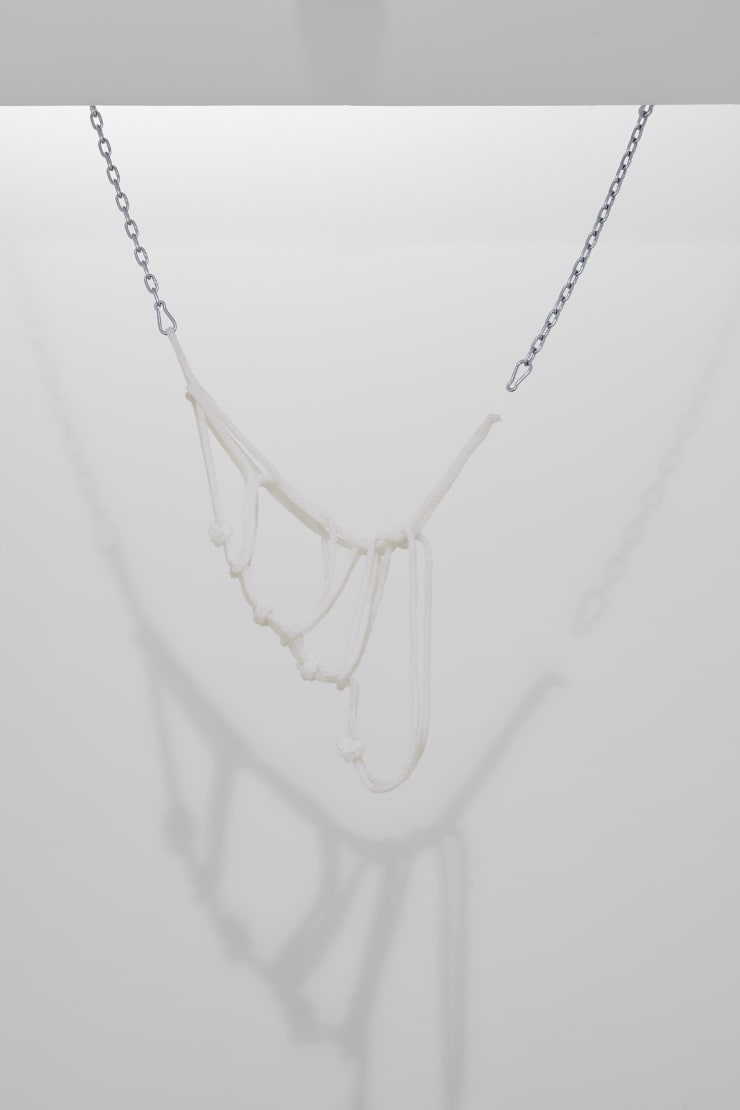The Belly and the Members brings together artistic positions from 20 international artists that visualise and present the fragmented body as a provocative field of inquiry. Including work from a variety of media, the exhibition focuses on notions of fragmentation, dismemberment and decay specifically in relation to the human body and its inextricable psychological self. The Belly and the Members shares its title with an Aesop Fable from the 6th century BC wherein the extremities, or ‘members’, of the body go on strike in defiance of the belly who they believe to be greedily taking all the food; until they themselves weaken to the point of realisation that they cannot survive alone. The discernment that “all must work together or the body will go to pieces” becomes an allegory for a symbiotic reliance on reciprocal interrogation between artworks.
The Belly and the Members posits that the ontology of an artwork has much in common with the body: responding to pressures, meeting projected expectations and as an outward expression of an inner self whose surface remains a sensitive terrain susceptible to exterior traumas. As our interface with an external world, individually we each relate to the experience of inhabiting a body; but once dissembled, fragmented bodies stand collectively as analogies for our increasingly disparate society and global territories more generally. Living in what has been referred to as a “post-truth” world, the boundaries between fiction and reality come under scrutiny as artists compel a self-reflective reassessment of the political as well as the personal.
Cracks, orifices and protrusions permeate the gallery space in cathartic gestures that range from violent to sensual; mirroring Hans Bellmer’s interpretation of the body as an anagram of interconnecting parts that can be endlessly reconfigured to explore or expose desire and other unconscious impulses. Bodily binaries similarly abound, as works investigate the wider implications of interior versus exterior, micro versus macro, hard versus soft and wet versus dry. The use of unexpected, perishable materials functions as a pivotal reminder of our inevitable decay and degeneration and such an acknowledgement of the artist’s self- conscious fragility precludes any pretence of a stable reality based on outward appearances, deliberately unhinging the viewer’s grasp on perception. In the interest of engendering an expanded awareness of what constitutes a representation of the body, The Belly and the Members includes works where human forms are asserted simply through specific characteristics or behavioural tendencies, and even implied precisely in their absence.
Aside from dissecting their material associations, The Belly and the Members posits that artistic process can also seem bodily. Whether made through a build up of layers, time-consuming performative action, reductive sculpting techniques, the application of physical pressure, chemical experimentation or biological deposits; the process behind each work does not simply constitute a means to an end, but can extend and complicate the meaning of the final artwork as the end-in-itself. Palpability of process and acknowledgement of source material in this way further affirms these artworks’ bodily constitutions: living and developing as organisms in their own right. Similarly, at Cob Gallery an exhibition becomes a metaphor for a living and developing body of works that while existing autonomously, together establish a unified and functioning organism that can host the growth, exchange and decay of ideas. Informed by works that examine the revelatory potential of corporeal fragmentation and dissection, this metaphor that posits The Belly and the Members as a living body reverberates through exhibition content, organisation and display.
-
 Jack GreerLawn Enforcement, 2017Pen and oil paint on canvas914.5 Ø mm
Jack GreerLawn Enforcement, 2017Pen and oil paint on canvas914.5 Ø mm -
 Jack GreerPersonal Satisfaction, 2017Pen and oil paint on canvas914.5 Ø mm
Jack GreerPersonal Satisfaction, 2017Pen and oil paint on canvas914.5 Ø mm -
 Chase HallJohn Henry, 201619th century worktable varnish on linen600 x 400 mm
Chase HallJohn Henry, 201619th century worktable varnish on linen600 x 400 mm -
 Hamish PearchEveryday, 2017Oats300 x 200 x 120 mm
Hamish PearchEveryday, 2017Oats300 x 200 x 120 mm -
 Hamish PearchBlocker I, 2017Sesame seeds, resin, aluminum300 x 420 mm
Hamish PearchBlocker I, 2017Sesame seeds, resin, aluminum300 x 420 mm -
 Hamish PearchBlocker II, 2017Sesame seeds, resin, aluminum420 x 300 mm
Hamish PearchBlocker II, 2017Sesame seeds, resin, aluminum420 x 300 mm -
 Will SpratleyPose I, 2017Wax700 x 70 x 140 mm
Will SpratleyPose I, 2017Wax700 x 70 x 140 mm -
 Laura WattersThe Secret World of Alex Mack, 2017Vinyl fabric, mesh wire, staples, and spray paint on wood panel127 x 178 mm
Laura WattersThe Secret World of Alex Mack, 2017Vinyl fabric, mesh wire, staples, and spray paint on wood panel127 x 178 mm -
 Faye Wei WeiI bit him in places where his skin was exposed, so that his mother would suspect that he had a lover, 2017Oil on canvas335 x 284 mm Framed
Faye Wei WeiI bit him in places where his skin was exposed, so that his mother would suspect that he had a lover, 2017Oil on canvas335 x 284 mm Framed -
 Claire BarrowLiv's Bust, 2017Mixed media590 x 460 x 100 mm
Claire BarrowLiv's Bust, 2017Mixed media590 x 460 x 100 mm -
 Olu OgunnaikePlacemaking, 2017Resin, wood10 individual works, dimensions variable
Olu OgunnaikePlacemaking, 2017Resin, wood10 individual works, dimensions variable -
 Emma ThomasSakura, 2017SiliconeDimensions variable
Emma ThomasSakura, 2017SiliconeDimensions variable -
 Rayvenn Shaleigha D'ClarkUntitled, 2016Mixed media80 x 230 x 200 mm
Rayvenn Shaleigha D'ClarkUntitled, 2016Mixed media80 x 230 x 200 mm -
 Bennet SchlesingerEquilibrium 6, 2016Alabaster170 x 150 x 70 mm
Bennet SchlesingerEquilibrium 6, 2016Alabaster170 x 150 x 70 mm -
 Bennet SchlesingerEquilibrium 5, 2016Alabaster150 x 110 x 60 mm
Bennet SchlesingerEquilibrium 5, 2016Alabaster150 x 110 x 60 mm -
 Nick van WoertUntitled (David), 2015Nickel plated electroformed copper on plastic statue and steel shelf330 x 153 x 114 mm, shelf 153 x 318 x 304 mm
Nick van WoertUntitled (David), 2015Nickel plated electroformed copper on plastic statue and steel shelf330 x 153 x 114 mm, shelf 153 x 318 x 304 mm -
 Harley WeirPainting, 2017Handprint1000 x 815 mm
Harley WeirPainting, 2017Handprint1000 x 815 mm -
 Harley WeirPainting, 2017Handprint1000 x 815 mm
Harley WeirPainting, 2017Handprint1000 x 815 mm -
 Harley WeirPainting, 2017Handprint1000 x 815 mm
Harley WeirPainting, 2017Handprint1000 x 815 mm -
 Michael GenoveseManicured Fields of Failure, 2013Nickel-plated steel2400 x 1400 mm
Michael GenoveseManicured Fields of Failure, 2013Nickel-plated steel2400 x 1400 mm -
 Michael GenoveseTwo Crooked Lines, 2013Nickel-plated steel2700 x 1400 mm
Michael GenoveseTwo Crooked Lines, 2013Nickel-plated steel2700 x 1400 mm -
 Matilde Soes RasmussenThe ShellC-type print845 x 915 mm
Matilde Soes RasmussenThe ShellC-type print845 x 915 mm -
 Sid CharityUntitled, 2017Metal structure1940 x 1020 x 960 mm
Sid CharityUntitled, 2017Metal structure1940 x 1020 x 960 mm
-

Inside the exhibition deconstructing the decaying human body
Thalia Chin, Hero Magazine, September 6, 2017 -
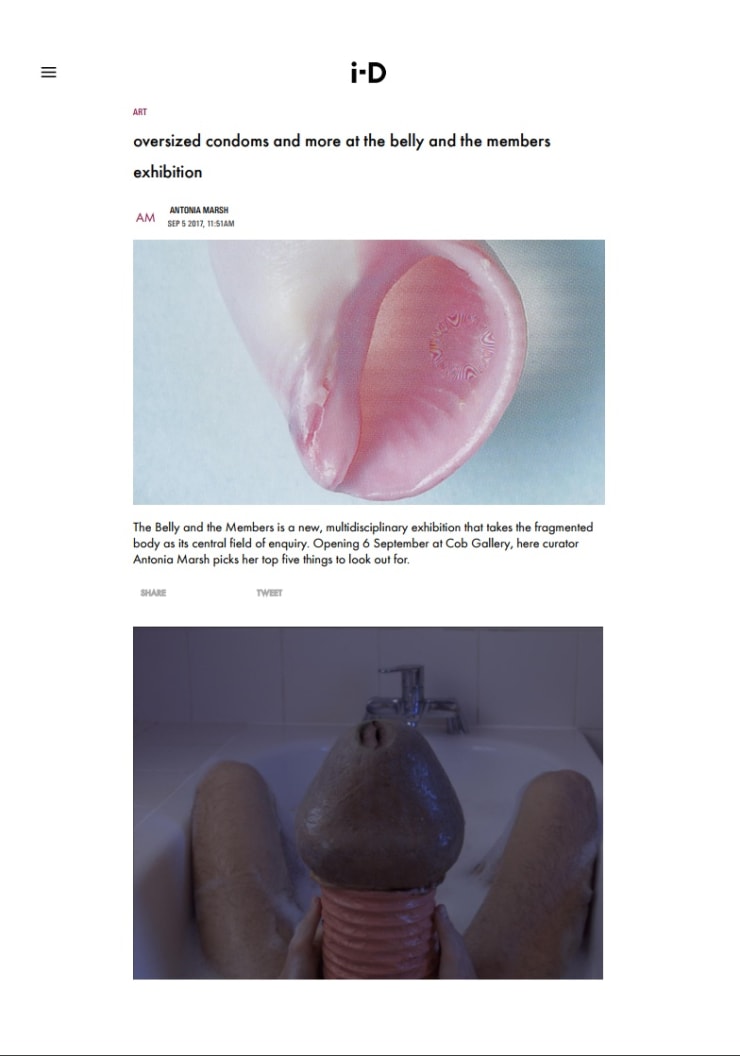
oversized condoms and more at the belly and the members exhibition
Antonia Marsh, i-D, September 5, 2017 -
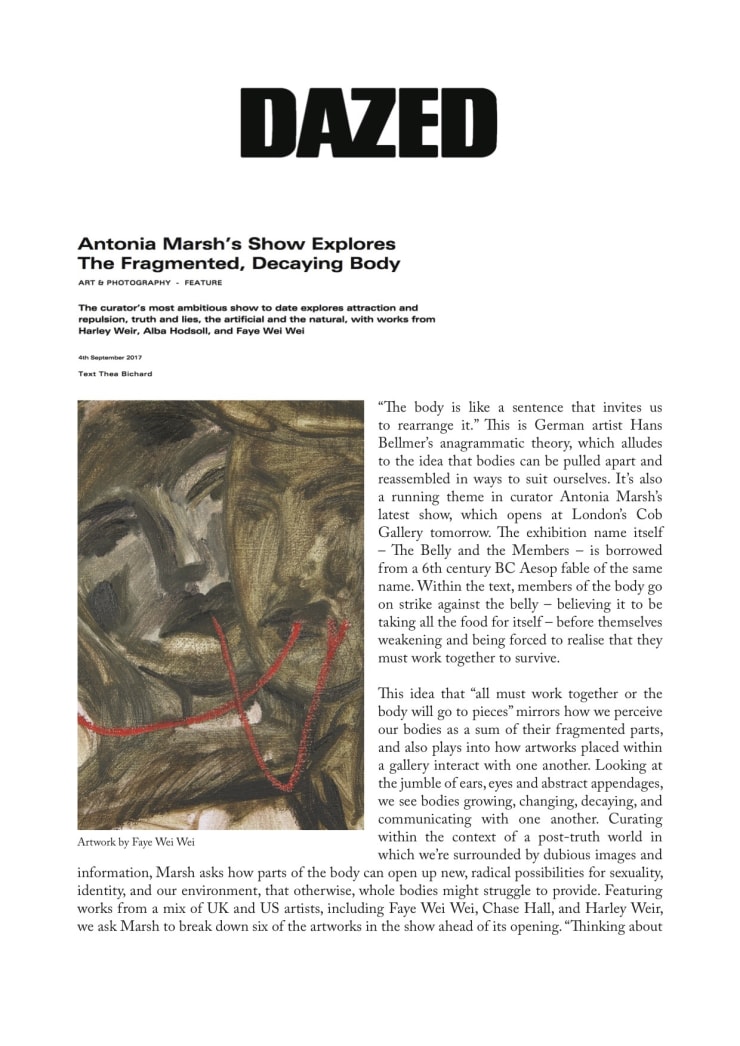
Antonia Marsh’s Show Explores The Fragmented, Decaying Body
Thea Bichard, Dazed Digital, September 4, 2017 -
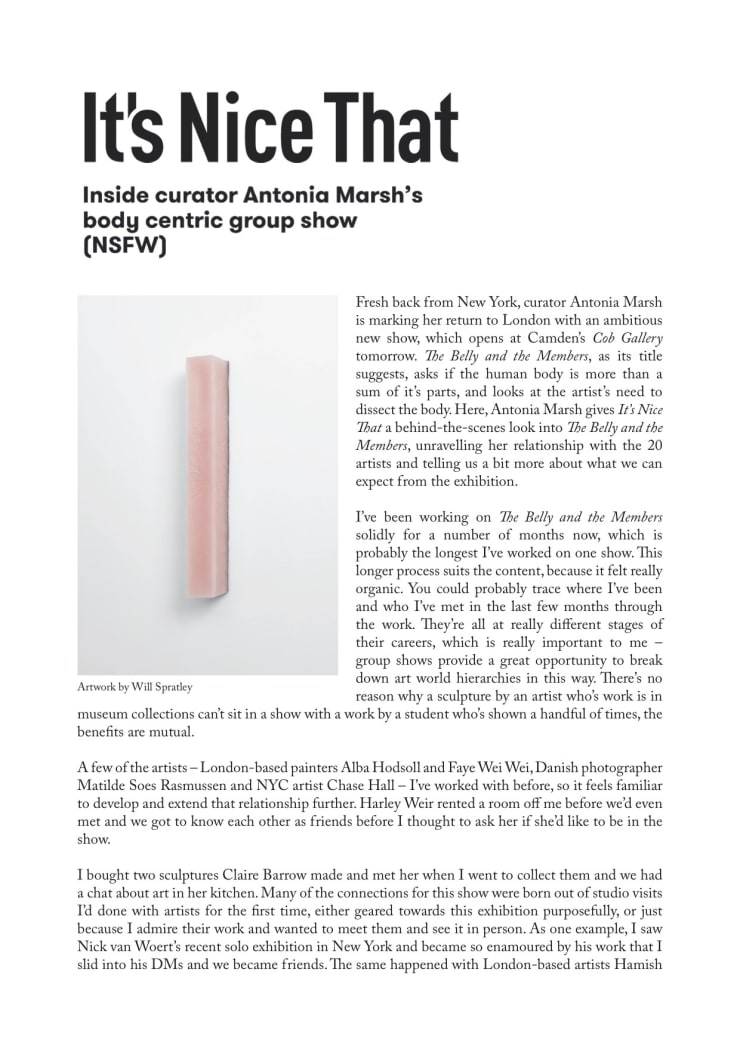
Inside curator Antonia Marsh’s body centric group show
Bryony Stone, It's Nice That, September 4, 2017
